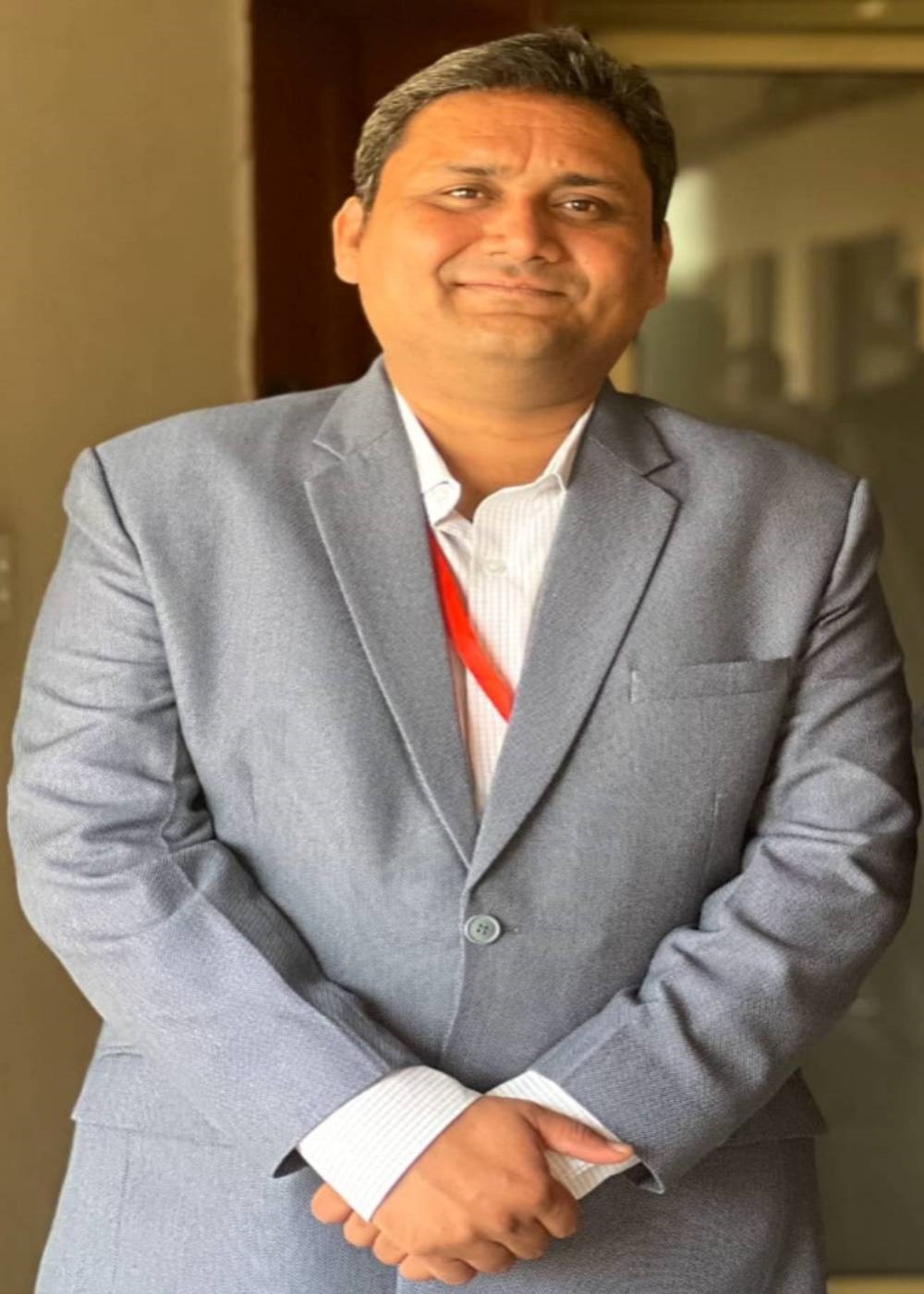About
Advanced Two-Dimensional Materials and Devices (ATMD)

The ‘Advanced Two-dimensional Materials and Devices (ATMD)’ research group focuses on developing cutting-edge two-dimensional (2D) materials like
- MXenes
- MBenes
- Graphene
- TMDCs
and their composites for applications in data storage, ferroelectrics, magnetism, energy storage, and photocatalysis. The group has uncovered various intriguing physical phenomena, paving the way for these 2D materials to be employed in practical applications for future scientific advancements.
By uncovering key physical phenomena, the group is driving the practical application of these materials in advanced scientific fields. These advanced 2D materials demonstrate remarkable properties across various applications, including non-volatile data storage in memory devices, thanks to their ferroelectric and magnetic characteristics attributed to the presence of transition metals. They also excel in energy storage for devices like supercapacitors and batteries due to their natural functionalization and efficient transport properties. Additionally, these materials are highly effective in dye degradation for water purification, as well as treating antibiotic-contaminated water from the pharmaceutical industry.
Group Leader
